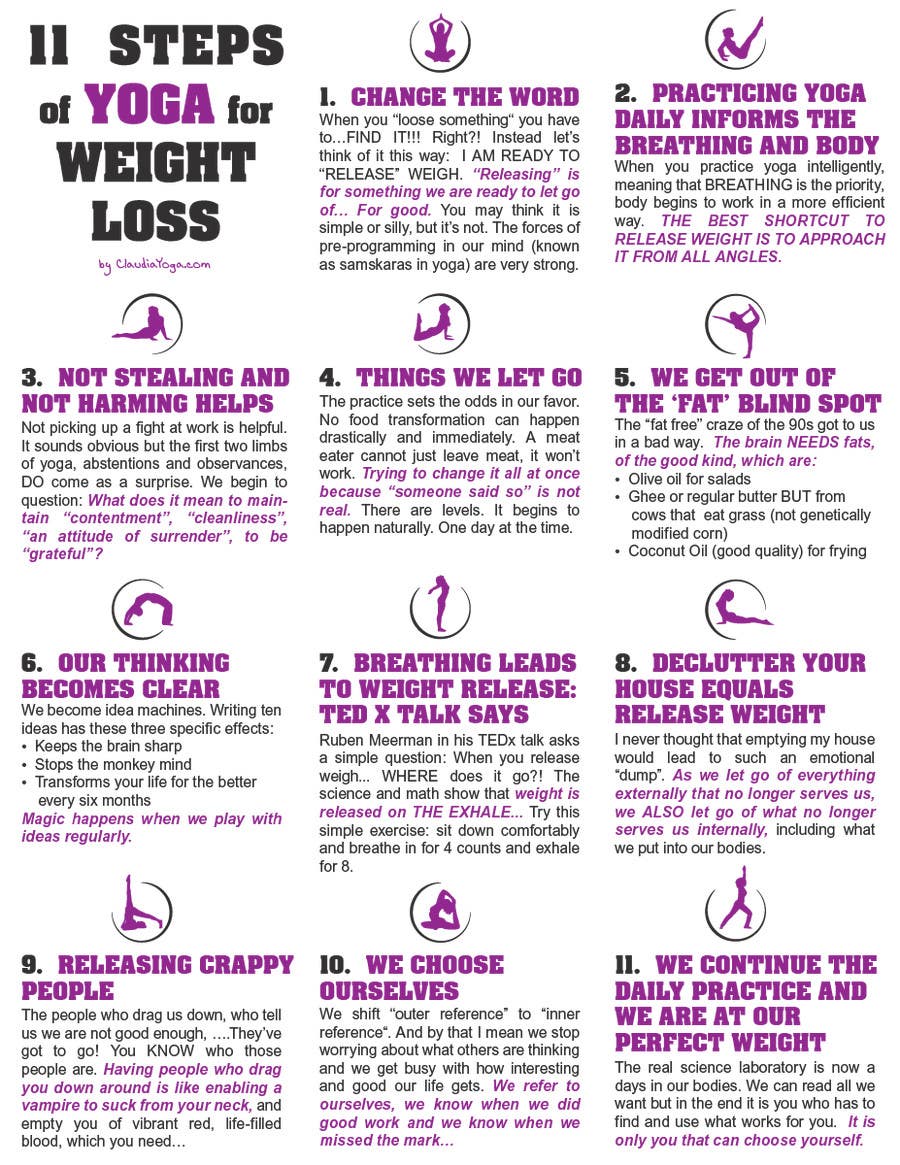Cold laser therapy is a non-invasive, pain-free therapy that helps reduce inflammation and improves cell regeneration. It is a secure option to invasive treatments and typically has immediate outcomes.
Laser photons start a chain reaction of chain reactions within the cell that lower discomfort, swelling, and speed up healing. It raises blood flow to the area by inducing vasodilation.
What to Anticipate
Cold laser treatment is a non-invasive treatment that makes use of low-level laser light to pass through deep right into injured cells, causing cell function on multiple degrees to advertise tissue recovery. This helps in reducing pain and swelling, while advertising muscle contractions and regrowth.
Throughout a session, you'll sit or relax easily and the specialist will note the areas on your body that need to be dealt with. The specialist after that uses a small portable gadget with the laser to the area. Throughout the treatment, you might feel a slight prickling or warmth in the location of your injury.
Before starting therapy, it is essential to cleanse the location of your injury and remove any kind of jewelry or various other items that could obstruct of the laser's path. It's additionally necessary to stay clear of any type of flammable products that could be in the area of the laser beam of light. This will guarantee your safety and the performance of the treatment.
Prep work
Cold laser therapy functions by shining light externally of your skin. The light is absorbed by the top layer of your skin and then promotes the cells to generate energy that advertises healing.
Throughout the therapy, you might feel a warm or tingling experience in the location that is being treated. This is completely typical, though you must allow the practitioner understand if the feeling is awkward or also strong.
This therapy has a lot of pledge for aiding patients with terrible brain injury (TBI). The treatment is non-invasive and does not have any kind of cold lser therapy adverse side effects. However, more research study is required to figure out the optimum therapy protocol. The best way to discover if you are a candidate for this kind of treatment is to seek advice from an experienced physiotherapist. They will be able to help you figure out if chilly laser treatment is right for you.
The Therapy
As soon as the expert has actually effectively placed you for therapy, they will certainly after that put the cool laser device on the injured area. They may keep it on for 30 seconds or longer, depending upon the size of the injury and its sensitivity. They will utilize protective goggles to guarantee that the laser does not directly hit the eyes, and they will certainly ensure that you are secured from any kind of glare that can happen.
You may really feel a mild prickling experience on the area that is being treated, but it will certainly not be undesirable or painful. This is a sign that the laser is working to promote the recovery procedure in the influenced cells.
A lot of people experience pain alleviation within a few sessions, with some seeing long lasting outcomes also after several months of therapies. It is important to note that LLLT is not suggested as a single therapy for any chronic discomfort condition and it should be coupled with other restorative methods in order to achieve optimal results.
Post-Treatment
After you relax or sit, the specialist will certainly make use of a stick with a series of light-emitting diodes to target your pain site. You will certainly use protective eye safety glasses, and the laser might be held on your skin for 30 to 60 seconds. You might feel a gentle, soothing experience during the treatment.
The photons from the laser pass through deep right into your tissue, triggering a recovery action on a cellular degree. Unlike various other forms of laser therapy, this low-intensity approach does not produce heat.
Some studies have actually revealed that cold laser treatment is effective in dealing with a number of conditions, consisting of persistent discomfort and wounds. Nevertheless, it is less widely approved as a common medical technique, and it isn't covered by numerous medical insurance strategies. Additionally, it is not advised to be utilized over any dubious malignant lesions or cancers or on expecting women. You must always seek advice from your oncologist before seeking this type of treatment.
